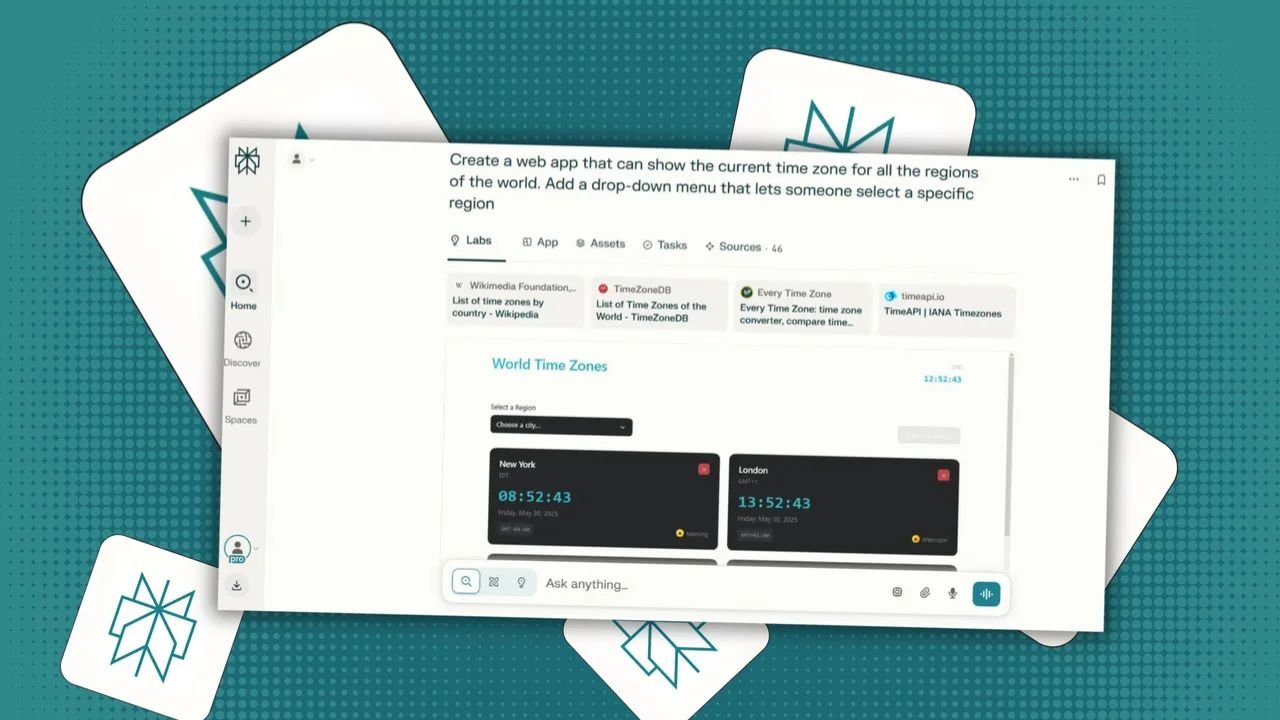For a long time, companies thought that the only way to handle more customers was to hire more people. Add seats, add phones, add shifts — simple, right? But those days are fading fast. The truth is, the problem isn’t just ticket volume. Adding more agents helps, but it can’t keep up with rising demand and complexity.
Enter AI. But the promise isn’t about pushing customers off to bots to reduce workload. It’s about building resilient systems that keep conversations moving—smart AI that adjusts to traffic spikes, understands context, switches languages seamlessly, and hands off smoothly when humans need to step in. This article is for support leaders and teams who want to grow smarter, not just bigger. It’s about moving beyond simple deflection to real resilience in customer communication.
Resilience ≠ Redundancy: Rethinking Scale for Modern Support Needs
Most AI setups focus on speed or deflecting tickets away from humans. But that’s only half the picture. What happens when things get tough—like during product outages, unexpected spikes, or when customers speak different languages? Many bots just collapse. They slow down, give wrong answers, or hallucinate when confused.
Real resilience means more than having lots of bots running at once. It means building scalable AI agents for customer communication that keep working smoothly, no matter what. These systems can handle pressure without breaking, switch languages on the fly without sounding robotic, and know when to escalate to humans before a customer gets frustrated. Ignoring this leads to poor customer experiences and overwhelmed teams.
What Makes an AI Agent ‘Resilient’—Not Just Responsive
Speed alone won’t cut it. A strong AI agent knows how to handle busy times, tricky questions, and when to bring in a human.
Routing That Pays Attention
Instead of blindly sending tickets to whoever’s available, smart AI watches the queue. It knows when things are piling up and can bump urgent issues ahead. It also steps back if humans are busy, making sure no one gets overwhelmed.
Real Language Support, Not Just Auto-Translate
Using basic translation tools leads to awkward replies. Resilient AI understands the language and tone. It adjusts on the fly, so customers feel heard — not confused.
Smooth Hand-Offs That Save Time
When AI can’t handle a problem, it passes the conversation to a person, but not empty-handed. It shares the full chat history, notes, and emotional cues. People don’t spend time catching up, and clients don’t need to explain their issues again. For sensitive areas, such as billing or legal issues, the AI should pass things to humans right away to avoid any risks.
Behind the Scenes – The Infrastructure That Enables Resilient AI
Building resilient AI agents isn’t magic. It starts with the right setup behind the scenes.
More Agents or Smarter Agents?
You can add more of the same bots to handle volume (horizontal scaling), or create specialized bots that handle specific tasks, like billing or shipping questions (vertical scaling). For most teams, a mix works best—general bots to triage, and experts for complex issues.
Shared Memory for a Smooth Experience
AI agents work better when they share context. Instead of starting from the beginning, virtual agents use a shared memory system—saving conversation history, customer data, and previous interactions. This way, the AI does not lose flow, and customers do not have to repeat themselves.
Managing the Flow
Think of conversation load like traffic on a highway. You need ways to prevent bottlenecks. This means rate-limiting requests, smoothing out the queue, and having “warm standby” bots ready to jump in during busy times. For example, during big launches, AI might prioritize high-value customers to keep service smooth.
Platforms like CoSupport AI provide infrastructure designed for these needs, offering scalable AI agents for customer communication that handle volume spikes without breaking a sweat.
Operational Guardrails: Keeping AI Aligned With Human Process
AI isn’t perfect. To make it work well, you need rules that keep it in check.
Escalation Isn’t Failure—It’s Part of the Plan
When AI hands off a customer to a human, that’s a win, not a problem. Track how often handoffs happen and use that data to improve AI’s judgment. The goal isn’t to remove human involvement but to let AI handle what it can and ask for help when needed.
Setting Boundaries to Protect Your Brand and Customers
AI should know its limits. It shouldn’t promise refunds or solve complex issues on its own. Instead, set workflows where the bot suggests options but waits for human approval on risky decisions. This keeps your brand safe and customer experience smooth.
You can build these guardrails right into your automation. Different tools offer options that let you fine-tune where AI steps in and when it steps back. For more on aligning AI with human workflows, check out this 2025 Forrester report on AI governance in customer support.
The Real Test: Scaling Communication During a Crisis
When things go wrong, support teams face their biggest test. Imagine a big outage during a busy sale—customers rush in with questions, and the pressure mounts fast. If your AI isn’t ready, chaos takes over: long waits, frustrated customers, and stressed agents. Here’s what works in real life:
- Ready-Made Playbooks: AI follows pre-planned steps to quickly sort messages and focus on urgent problems—no waiting around.
- Multiple AI Layers: One bot can’t do it all. Simple questions go to basic bots, tricky ones get passed up to smarter bots, and real humans handle the toughest calls.
- Teamwork Between Humans and AI: Agents should work with bots side-by-side, stepping in when needed and assisting the AI get better.
The Right AI Makes Work Easier
AI shouldn’t just be about handling more tickets faster. It should make the whole support process smoother for both customers and agents. The best AI knows when to step in and when to step back. It helps your team without adding extra stress or confusion. If you want to scale without burning out your people, you need AI that’s smart, flexible, and trustworthy. In the end, success is about building AI that works with your team, not against them.



